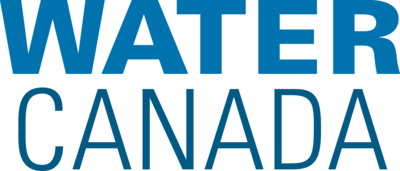WC131 JulyAugust 2023 - Magazine - Page 15

DRINKING WATER
Conscious
Collaboration
What’s required to ensure
the provision of safe drinking
water in Canada’s Indigenous
communities?
BY WES BOVA
C
ANADA CONTAINS approximately 2,902 km3 of
fresh water, ranking fourth amongst the world’s freshwater resources by country. As a water-rich nation, it’s
no surprise that the Indigenous water crisis has captivated public attention and gained traction with extensive media coverage and class action litigation.
In cooperation with Indigenous communities, the
Government of Canada has contributed to lifting 139
long-term drinking water advisories on reserves as of May 4,
2023. This commitment is long-awaited and a relief to many
Indigenous communities that now have access to clean, reliable
drinking water for the first time in years—and for some, for
the first time in their lives. Eight years into Canada’s pledge
to end drinking water advisories, Indigenous communities
and their allies recognize that achieving sustainable, clean
water for Indigenous communities necessitates more than new
water treatment plants and clean water distribution. Many
Indigenous communities need support for solutions that
consider the entire water infrastructure, from source to return,
along with necessary funding for operations, maintenance,
and long-term asset management. Furthermore, the broader
impacts of this crisis, including mental health effects, demand
equal attention and action.
Saul Chernos
Saul Chernos is a freelance writer for Water Canada
Getty Images
Wes Bova
Wes Bova has more than 20 years’ experience
advocating for First Nations infrastructure
projects as a professional engineer, project
manager and principal with Colliers Project
Leaders. A status member of the Mohawks of
Akwesasne, he is passionate about solving
critical community issues through new or
rehabilitated infrastructure – especially those
impacting remote First Nation communities
across Ontario.
WATER C AN ADA • JULY/AUGUS T 2023
15